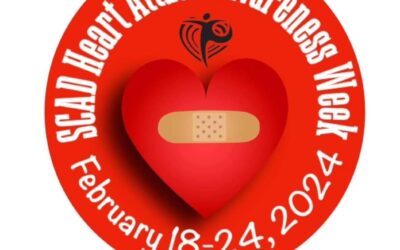The Mystery of SCAD
Spontaneous coronary artery dissection (SCAD) is a condition that can occur suddenly and without any obvious cause. While it is a rare condition, it is also a critical and sometimes life-threatening one, often affecting women. SCAD is characterized by a tear or split in the walls of the coronary arteries, which are the blood vessels responsible for supplying blood to the heart. This sudden tear can cause the formation of a false lumen, which can further tear the arterial wall, leading to diminished or completely blocked blood flow to the heart. This can cause severe chest pain, heart attacks, arrhythmias, or even sudden death.
Despite its severity, the diagnosis of SCAD is often missed or delayed as the symptoms can be mistaken for other cardiac conditions. Due to this, it is important to understand the symptoms and causes of SCAD.
The Signs and Symptoms of SCAD
The symptoms of SCAD can vary depending on the severity of the artery split. The most common symptom is chest pain that can be severe and sudden. However, not all people experience chest pain, and some may have symptoms that are similar to those of a heart attack, such as shortness of breath, fatigue, nausea, vomiting, and sweating.
While SCAD can occur in both men and women, it is more common in women, especially those who are younger and otherwise healthy. Women may also experience SCAD during pregnancy, or shortly after giving birth. Other risk factors include high blood pressure, high cholesterol, and a family history of heart disease.
Treatment and Prevention of SCAD
Currently, there is no specific treatment for SCAD, and the management of the condition is based on the severity of the tear. In some cases, medication may be prescribed to help reduce the risk of further tearing, while in other cases, surgery may be needed to repair the damaged artery or bypass the blockage.
Preventive measures for SCAD include managing risk factors such as high blood pressure and cholesterol, maintaining a healthy lifestyle, and regular check-ups with a healthcare provider to monitor heart health. It is also important to seek medical attention immediately if you experience any symptoms associated with SCAD or any other cardiac condition.






0 Comments